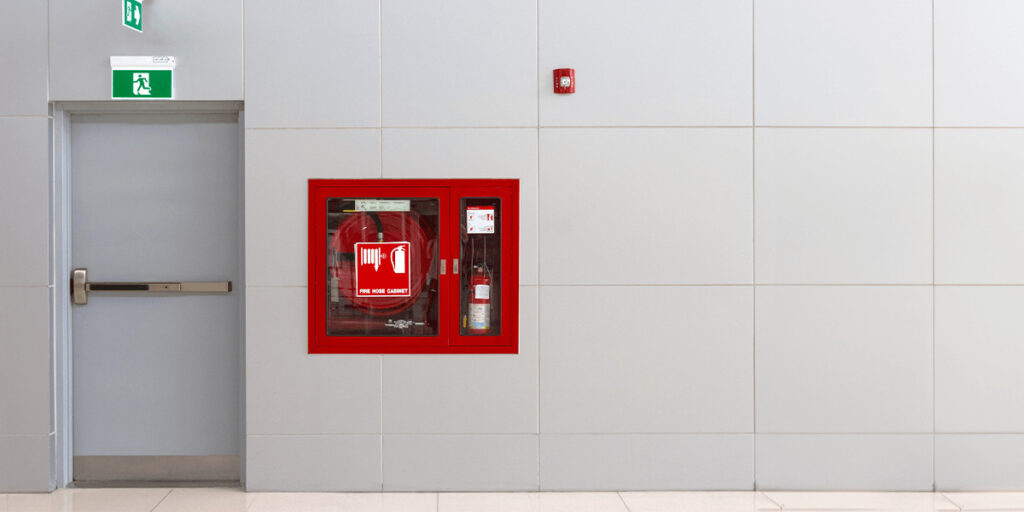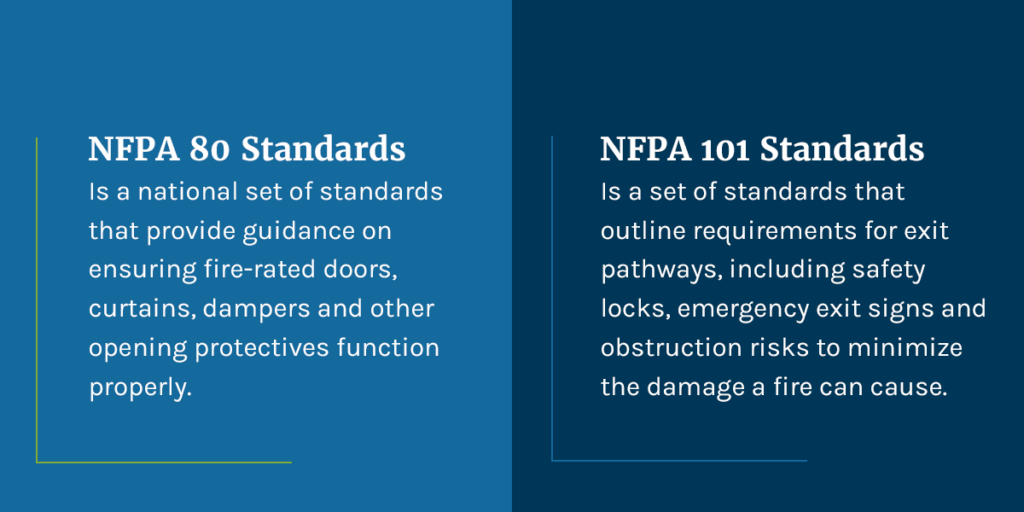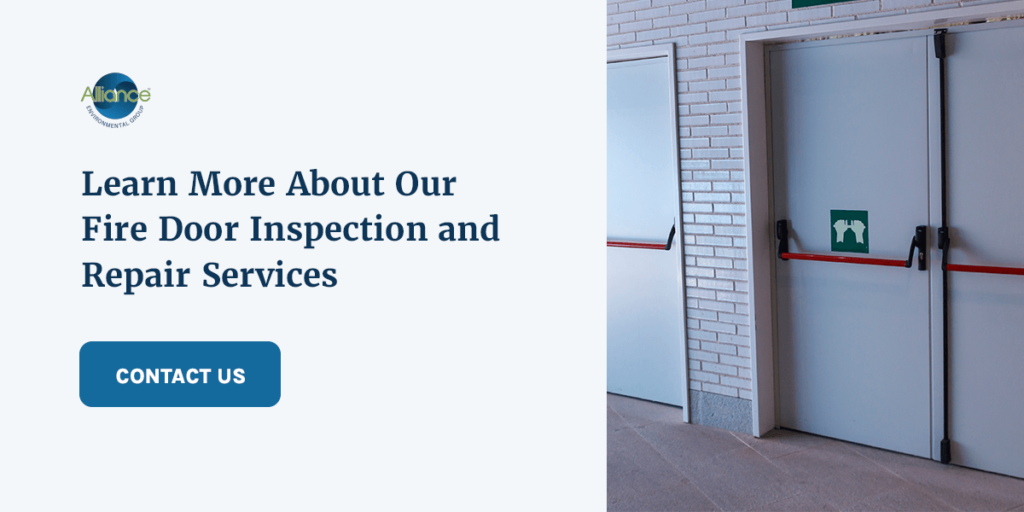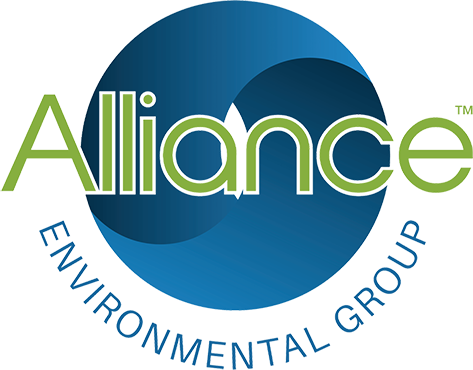
According to the U.S. Fire Administration, fire death rates have increased steadily over the past decade to a sobering 13 deaths per million population in 2021. Regardless of what started these fires, such a loss of life is tragic — and, in many cases, preventable. From visible emergency exit signage to the number of extinguishers your building contains, installing the proper safety measures is critical for protecting people and property in an emergency.
There are two essential fire-rated door regulations from the National Fire Protect Agency (NFPA) that organizations should pay attention to — NFPA 80 and NFPA 101. While compliance with both fire door safety standards is voluntary at a national level, it’s often mandatory at the state or local level.
Knowing what each standard requires as well as the key differences between the two can help you improve your building’s overall safety.
What Are the NFPA 80 Standards?
The NFPA 80 Standard for Fire Doors and Other Opening Protectives is a national set of standards that provide guidance on ensuring fire-rated doors, curtains, dampers and other opening protectives function properly. Regular inspection by a certified professional is a key part of these regulations.
Although NFPA 80 compliance is not required at a national level, many states and local governments have incorporated the standard into operational safety and building codes. You can learn more about your region’s requirements by checking the appropriate agency’s website.
Key NFPA 80 Requirements
The NFPA 80 requirements have many different moving parts, so knowing what to prioritize can help you streamline compliance management in your organization. Some of the most important components of the NFPA 80 standard include:
- Minimum fire ratings: The minimum fire rating you need for each door will vary depending on several factors, including the door’s intended use and the type of building you’re in. For example, high-traffic areas in hospitals will require doors with higher fire ratings than low-traffic areas in office buildings.
- Maintenance intervals: NFPA 80 dictates how often you must perform preventive maintenance on each type of opening protective.
- Inspections and testing: Periodic testing by qualified professionals ensures your opening protectives are in good condition and operating as they should be. The necessary inspection frequency will be different for each protective type, but you are required to perform at least one inspection annually as well as immediately after installation. Additionally, you must fix any defects discovered during inspection as soon as possible.
- Installation requirements: You need to install your fire door with enough clearance around it to ensure it closes properly, as a total seal is critical for containing fires. The regulations also outline which hardware and other accessories you must install with your fire doors, such as smoke seals and self-closing devices.
- Detector locations: NFPA 80 outlines where you place smoke detectors, fire alarms and other fire detection devices throughout your building.
- Safety labeling: NFPA requires you to place a legible certification label on all fire door openings in a way that makes them clearly visible. This label serves as proof that the door is up to code.
Working with an experienced professional can help you navigate the more specific details of this standard for your facility and industry.

What Are the NFPA 101 Standards?
Also known as the Life Safety Code, NFPA 101 is unique because it is the only NFPA document that addresses both new and existing buildings. It’s essentially a set of standards that outline requirements for exit pathways, including safety locks, emergency exit signs and obstruction risks to minimize the damage a fire can cause.
NFPA 101 also includes requirements for inspecting safety devices like fire extinguishers, locks, sprinklers, alarms and emergency lighting — which makes it a more extensive standard than NFPA 80.
Means of Egress
A means of egress is a designated emergency exit pathway that provides occupants with a direct route outside the building. NFPA 101 states that all three parts of an egress route must have a visible exit sign and be completely clear of obstacles. Those three sections include:
- Exit access: The pathway leading to the exit
- Exit: The door, window or other opening leading to the exit discharge
- Exit discharge: The part of the exit that either leads directly outside or connects to a walkway, shelter or street that has outside access
This component of the standard goes hand in hand with emergency lighting, as all means of egress should have sufficient lighting even when your main lights go out.
Emergency Lighting
Emergency lighting and signage comprise another critical component of the NFPA 101 standards. All emergency exit pathways should have adequate lighting, with clearly visible “EXIT” signs marking their location. Some examples of emergency access paths include:
- Emergency stairwells
- Corridors
- Escalators
- Ramps
- Aisles
According to the standard handbook, emergency lighting should last for at least 90 minutes after your normal operating lights fail to give occupants enough time to evacuate.
The exit sign can take several forms, but the typical sign has either a white or black background with bright red letters. More specific regulations on exit signs, such as letter size, mounting height and sign location, vary depending on several factors — check your region’s building code to find the requirements that apply to your facility.
Inspections and Testing
NFPA 101 also outlines rules and procedures for inspecting fire protection equipment, such as:
- Fire extinguishers: NFPA standards require one initial inspection of all fire extinguishers immediately after installation, followed by a routine monthly evaluation. Depending on an extinguisher’s location, though, it may require more frequent inspection. Your building size and layout will determine where you place your extinguishers, as well as how many you will need.
- Fire alarms: All fire alarms must have a consistent power supply and function properly when triggered. Depending on your specific alarm system and facility, you may need to have them inspected monthly, biannually or annually.
- Fire-rated doors: NFPA 101 reinforces the fire door standard outlined in NFPA 80, which means you will need to inspect and test your fire doors at least once annually as well as immediately after installation. If you identify a defect in any of your inspections, you will need to resolve it as soon as possible to remain in compliance.
- Sprinklers: While the standard requires that all sprinkler systems undergo inspection at least once a year, some systems need an additional assessment every five years.
In general, it’s important to ensure all your devices are located where they are easy to access if a fire does break out. Make sure no obstructions are blocking them, and check their expiration dates frequently to pass inspection.

Learn More About Our Fire Door Inspection and Repair Services
Do you need help achieving compliance with fire door regulations in your facility? Finding the right inspectors to do the job is essential. At Alliance Environmental, we work with organizations across a wide range of industries to equip them to better protect their people and property from fire damage.
We are committed to helping our customers achieve NFPA 80 compliance by providing professional inspection, repair and replacement services for fire doors and associated devices like dampers and alarms. Contact us today for more information, or fill out our online form to request a quote.



